- San Francisco leads with significant gains in occupancy, ADR, and RevPAR, showcasing resilience in the hotel market.
- Tampa and New Orleans face notable declines due to past events and high-profile comparisons.
The U.S. hotel industry experienced a blend of ups and downs for the week ending November 1, according to the latest data from CoStar. The report highlights varying performances across major markets, reflecting the sector’s ongoing challenges and opportunities.
Overall, the industry’s occupancy rate stood at 59.3%, marking a 2.6% decline compared to the same week in 2024. The average daily rate (ADR) saw a slight increase of 0.4% to $156.09, while revenue per available room (RevPAR) dropped by 2.3% to $92.54.
Among the top 25 markets, Tampa experienced the most significant drop in occupancy, falling 24.6% to 60.5%. This decline is attributed to the aftermath of Hurricane Milton in 2024, which had previously driven up demand due to displacement.
New Orleans faced the largest decreases in both ADR and RevPAR, down 23.9% to $168.61 and 38.3% to $104.29, respectively. The city’s performance was impacted by comparisons to the latter part of Taylor Swift’s Eras Tour and a major midweek conference from the previous year.
In contrast, San Francisco emerged as a standout performer, recording the highest increases in all three key metrics. The city saw a 13.8% rise in occupancy to 71.5%, a 17.0% boost in ADR to $231.17, and a 33.1% surge in RevPAR to $165.31, underscoring its robust recovery and appeal as a travel destination.
















